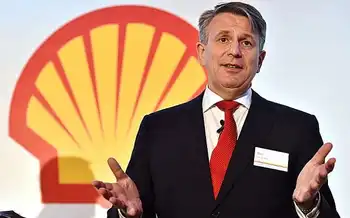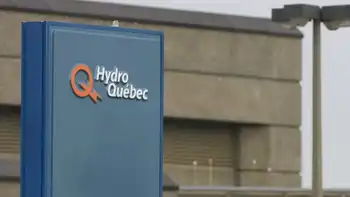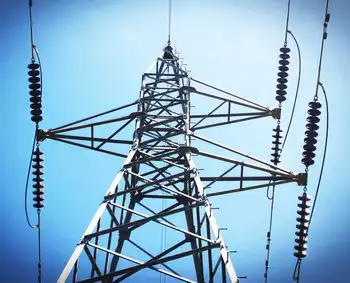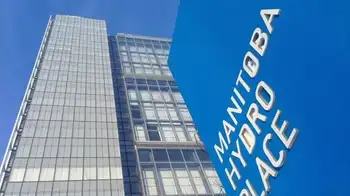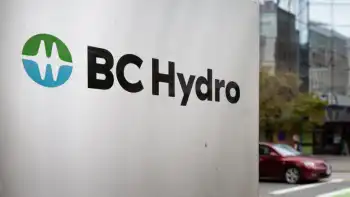National Town Hall meeting on smart grid set
By PR Newswire
Substation Relay Protection Training
Our customized live online or in‑person group training can be delivered to your staff at your location.

- Live Online
- 12 hours Instructor-led
- Group Training Available
The National Town Meeting is the annual gathering for members of the smart grid and demand response "community." It is a non-profit event that is known for offering both roundtable and panel sessions that enable multiple opportunities for learning as well as for engagement between and among speakers and meeting participants. Speakers at Town Meetings include key federal and state policymakers, utility and technology company executives, consumer advocates, executives of RTOs regional transmission operators, environmental organizations, and others.
A major focus of the 2011 National Town Meeting — the 8th to be held — will be on how to "Overcome the Barriers." Past Town Meetings have been instrumental in identifying barriers to more demand response and smart grid, explains Dan Delurey, Executive Director of the DRCC. "Too many gatherings now simply keep talking about what those barriers are. It is time to instead work on how to overcome them," said Delurey, "and that is what will happen at the 2011 National Town Meeting."
An example of the working-session nature of the upcoming Town Meeting is the way in which the event will incorporate the National Action Plan on Demand Response developed by FERC and DOE in compliance with the Energy Independence and Security Act of 2007 EISA. The National Action Plan Coalition, a "coalition of coalitions" formed to help implement the Action Plan, will be presenting some of its case study work that has identified best practices. The Coalition also will engage the audience to conduct work on the Plan during the Town Meeting.
Other topics that will be featured at the 2011 National Town Meeting are consumer acceptance of smart metering and time-based rates best practices in the deployment of smart meters and other smart grid technologies the convergence of environmental and peak-demand reduction goals energy storage smart appliances renewable energy and the smart grid dynamic integration of electric vehicles intertwinement of efficiency and demand response and the emergence of policy on data access and privacy.
The 2011 National Town Meeting on Demand Response and Smart Grid will be held in a new location — the main atrium and meeting rooms of the Ronald Reagan Building and International Trade Center in downtown Washington, DC. The venue will provide more opportunities for breakout sessions, exhibitions and networking, with all events being held on site.
In the 2010 National Town Meeting more than 400 participants joined the national discussion with speakers such as Congressman Ed Markey D-MA, Chair of the House Select Committee on Energy Independence & Global Warming and Chair of the House Energy and Commerce Committee's Energy & Environment Subcommittee Jon Wellinghoff, Chairman, Federal Energy Regulatory Commission Pat Hoffman, Principal Deputy Assistant Secretary, Office of Electricity Delivery and Energy Reliability, Department of Energy Tom King, President, National Grid Paul Centolella, Commissioner, Public Utilities Commission of Ohio Michael Morris, Chairman, President, & CEO, AEP and George Arnold, National Coordinator of Electricity Standards, National Institute of Standards and Technology NIST. Additionally, nearly 40 different utilities and state regulatory commissions participated.
For more information on past events or the 2011 National Town Meeting coming up on July 13 and 14, go to www.smartgridtownmeeting.com.





